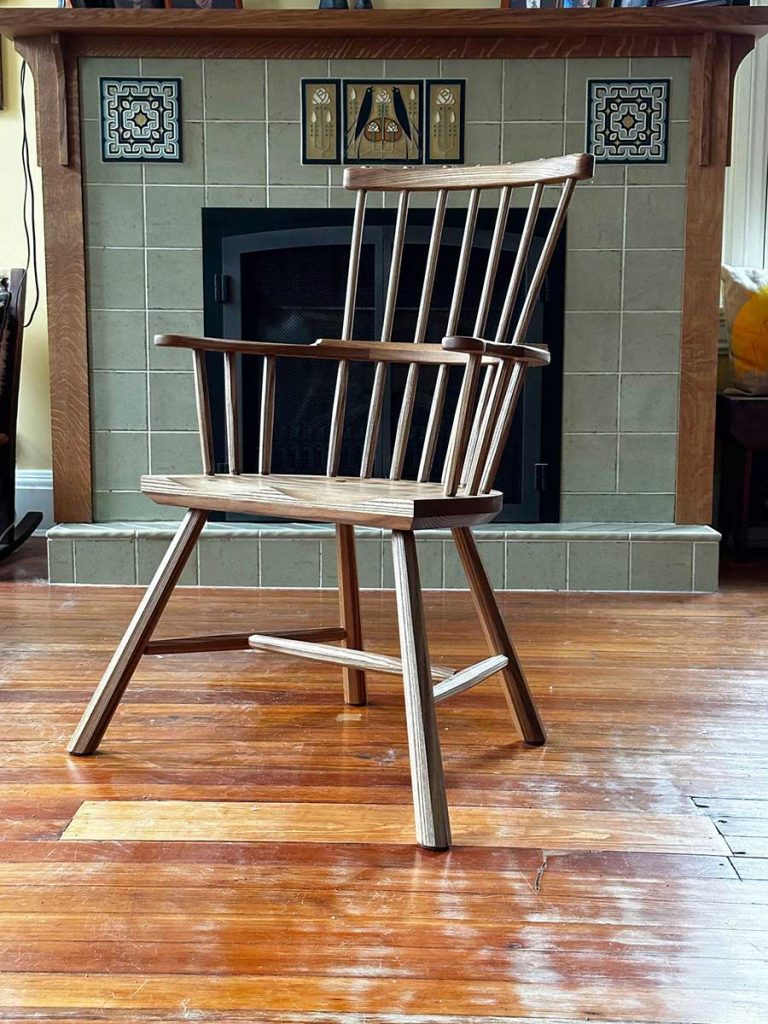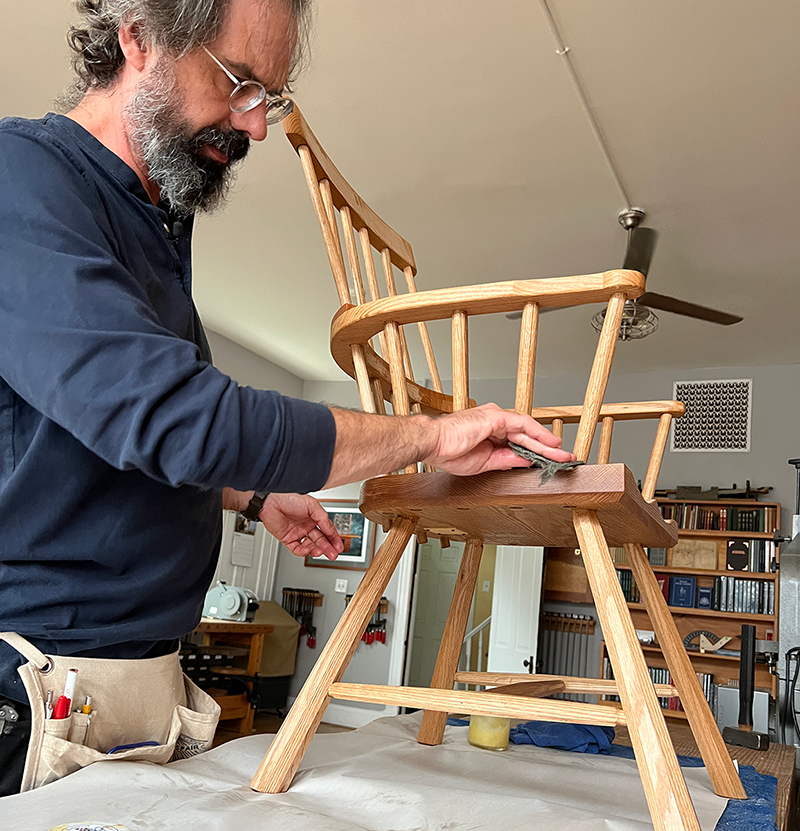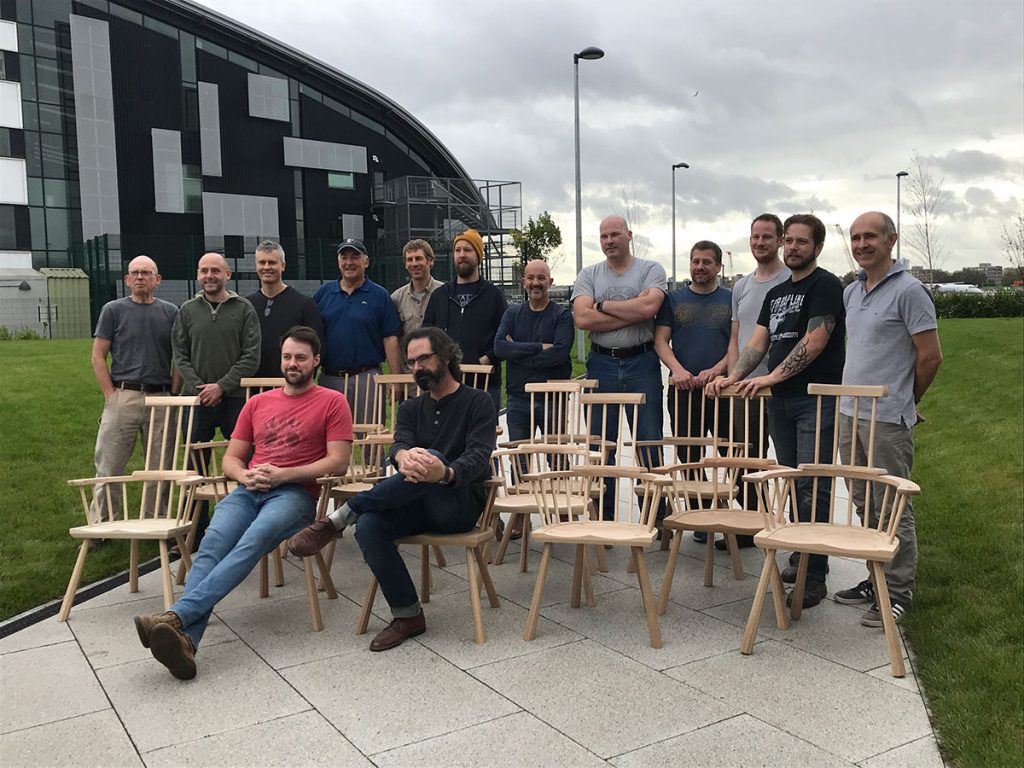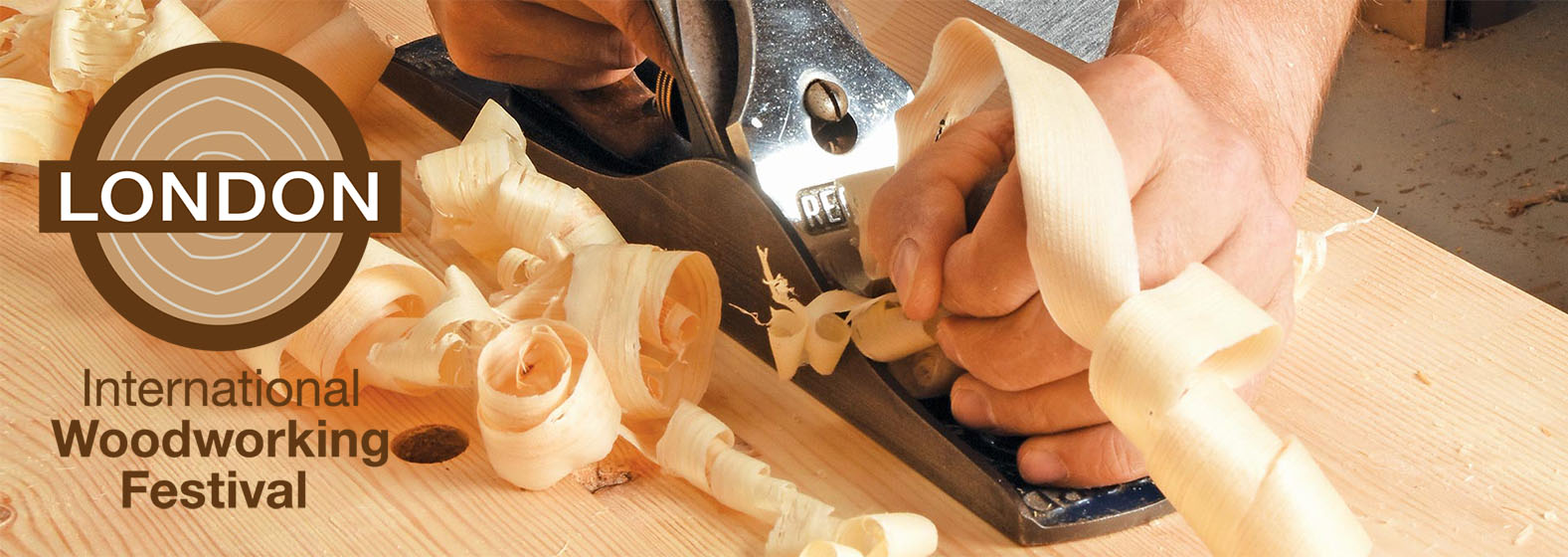Build a comb-back stick chair – a 5 day course
28th October – 1st November, 2024 | £1,455.00
By using common materials and tools on hand – plus a variety of methods, you can build a comb-back stick chair to take home!
Stick chairs are a vernacular form of furniture that was built by farmers or any non-professional woodworker. Stick chairs were built using the materials around the woodworker (green wood, dry wood, salvaged wood, found wood), and simple tools. Despite these limitations, stick chairs have a rugged beauty and a somewhat animalistic nature.

Class description, tools & materials…
In this class we will build a comb-back stick chair – one of the most popular forms.
The construction processes are a combination of heavy hand-tool use with some assistance from the band saw. The emphasis is on building beautiful chairs with a few tools – and even fewer jigs.
In addition, students will explore the idea that no two stick chairs should be identical. You’ll be encouraged to bring your own ideas forward with your chair to make something that is both yours and also fits within the great tradition of stick chairs that goes back to the 15th century.
Tools for the Chair
An important note on tools: When you arrive, your tools should be sharp and ready to go. There won’t be time to restore vintage tools or set up new tools in this class (there are other great classes for those activities).
Essential Tools

Block plane
This is one of the most essential tools in the kit. I recommend a high-quality new one with an adjustable mouth, such as the Lie-Nielsen 60-1/2. The adjustable mouth will allow you to make against-the-grain cuts without tearing. If you have small hands, you can substitute a smaller model with a non-adjustable mouth. But you will be doing a lot more scraping.
Jack plane
Another essential tool. I recommend a vintage metal jack, such as a pre-war Stanley No. 5. The older ones weigh less than the new premium jacks, which is a good thing. And the handles are far more comfortable. If possible, grind the iron so it has a pronounced curve, such as an 8” or 10” radius. If you don’t have a grinder, a sharp, straight edge will work.
Spokeshave, flat sole
I am partial to shaves in the Stanley No. 151 pattern. These shaves have two blade adjustment screws. Veritas makes the best new one. We will be working with dry wood, so wooden-bodies shaves are not recommended.

- 6” rule
- Small tape measure
- Combination square (6” or 12”)
- Card scraper (the Bahco 475 is the one to get or the curved one we make at Crucible)
- Mechanical pencils (.9mm or .7mm lead)
- 10” or 12” Cabinet rasp, medium coarseness, such as 10 or 12 grain. Auriou is my favorite
- Scorp (I recommend the Lucian Avery Inshave or Barr Tools Mike Dunbar Style scorp or the one from Jason Lonon). Order early to avoid disappointment!
- Travisher (Elia Bizzari’s 4.5” radius travisher and the travishers from Allan Williams are both excellent). I also really like the travishers from Windsor Workshop. If you use the Windsor Workshop travisher (particularly the Delrin one) then you don’t really need a scorp.
- Crosscut back saw (Western or a simple dozuki)
- Cork sanding block
- Flush-cutting saw (I’ve never encountered a great one; this one is pretty good)
- A few chisels – 1/2”, 5/8” or 3/4”
- Mallet (heavier is better for chairmaking). I like 2-1/2” lbs.
- Bubble level (any size will do except huge ones for carpentry). Torpedo levels are also an excellent tool to have.
Tickets
Book tickets for LIWF courses here, hurry, places are limited!
